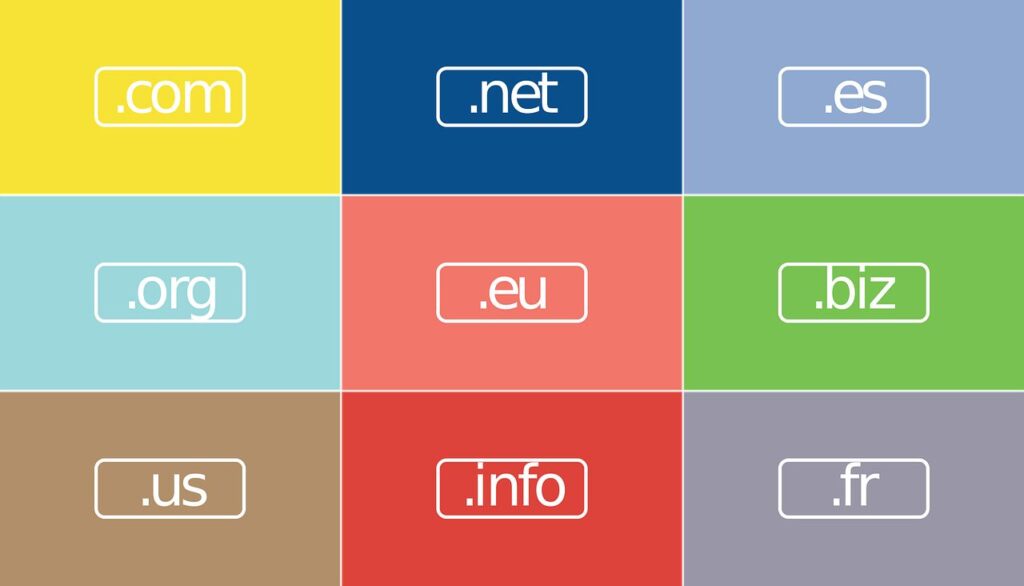What makes a good domain registrar?
Your domain name is one of the most important components of your online presence. Without it, there’s no unique “you” on the internet. Sure, it’s possible to tag on to the domain of web hosts and email providers but why would you want to? Every business or organization needs to be recognized for who they are.
Even though you don’t technically “own” it, a domain name is yours to use for as long as you maintain the registration. Registrations are handled by companies called domain registrars, who are supposed to facilitate the registration and management of domains. That’s why I find it so frustrating to work on domains that are registered with companies that have poorly designed administrative interfaces and overcharge for their services.
The ideal registrar
In a perfect world, domain registrars would be utilities that allow for the management of all things related to domain names. Unfortunately, that’s not how things work. In order to be profitable, companies like GoDaddy, Namecheap and Network Solutions sell an array of other services from web hosting to privacy protection. This would be fine except that at many (most?) of them, the upselling of these services completely overwhelms their more utilitarian functions, the ones that people like me use every day. So, what are the things that a good domain registrar needs to do?
- Register domains (duh). When you have your next brilliant business idea, you need a simple way of finding out if the domain name is available, and if it is, register it in your name at a reasonable price. Reasonable in my opinion is $10-$15 per year for a .com domain.
- Transfer domains. Moving a registration in from another registrar should be a simple process and in most cases it is. That’s because this is where registrars make money. See transfer out, below.
- Manage the contact info for registered domains. Every domain has four contacts: Registrant, Admin, Technical and Billing. All of these can be the same but Registrant and Admin have significant control over the operation of the domain. You may want to make changes to these contacts over the life of the domain, and that shouldn’t be a difficult process.
- Privacy protection. Domain contacts used to be published in a public database called Whois. Domain registrars realized that not everyone wants this information to be public, so they came up with paid programs to obscure this information. These days, to comply with government privacy laws (primarily in the EU), this information is no longer published, making the need for privacy protection programs debatable. I’d note that at least one registrar (Namecheap) offers their privacy protection at no charge, while the rest are still collecting annual fees.
- Nameserver assignment. Every domain is attached to two or more nameserver computers, which provide the location on the internet of all of the services used by the domain. The nameserver tells a browser where to find your website and a mail program how to deliver your email. Sometimes, the nameserver is run by the registrar itself, which leads to…
- DNS management. If you are using the registrar’s nameserver, you’ll also be using their DNS (domain name service) server. I’m not going to try to explain DNS here, suffice it to say that there should be a good user interface to this system.
- Domain forwarding. If you register an additional domain name that should be pointed to the primary website, you’ll make use of domain forwarding. This service simply redirects a web browser from one domain to another. There should be a special spot in the Bad Place for registrars that charge extra for this service.
- Transfer out. If you want to transfer your domain to a different registrar, you should not have to jump through hoops to do it. You may have found one with better pricing or simply want to consolidate all of your domains in one place. To accomplish this, two things need to be easily accessible: 1) the ability to unlock the domain and 2) sending an authorization code to the Admin contact for the domain. With those two things done, you can transfer a domain to a different registrar. They should happen more or less immediately on request and be free of dire warnings about the consequences of moving your domain elsewhere.
Many website owners had their domains registered for them by their web developer. This is fine, so long as they have access to the domain registration records and have the ability to make changes to them as needed. I guarantee you that this will be needed at some point.
For the record, I use Namecheap.com as my registrar of choice. They meet all of the criteria mentioned above, as well as providing easy access for my clients to their own registration records.


